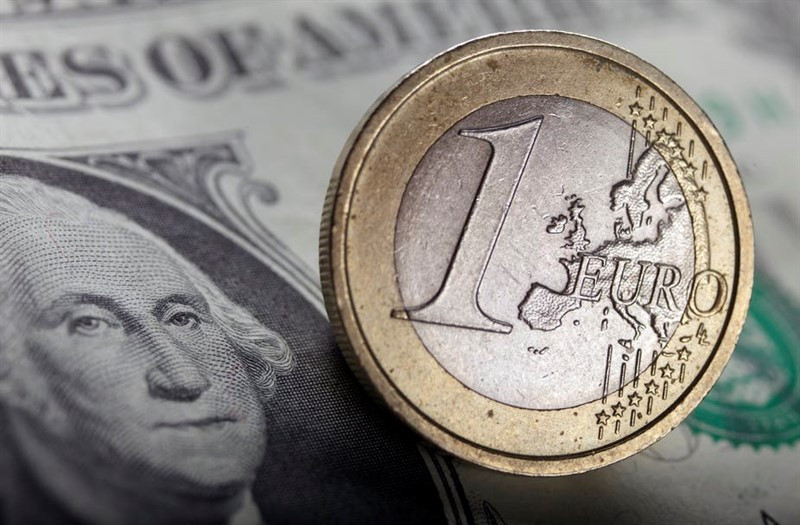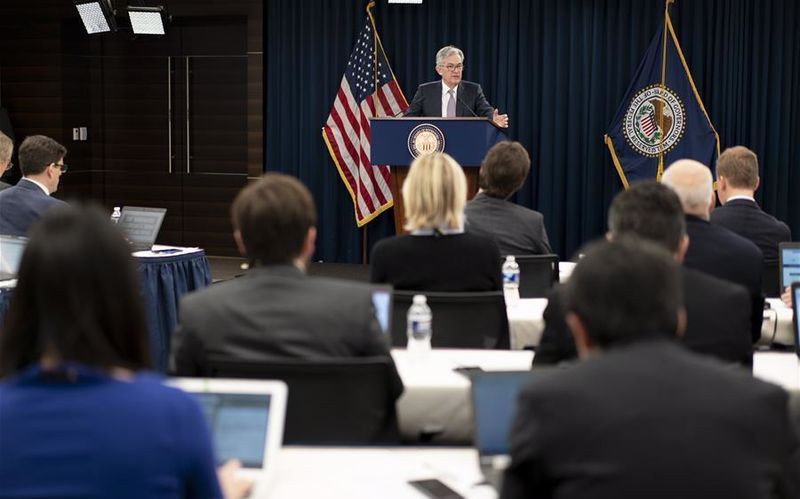
At the end of last year, the S&P 500 index gained 27%, exceeding the most optimistic estimates of experts.
The market dynamics of the end of 2021 for the most part remained unchanged in the new year. Many Wall Street analysts say that the coming year will also be successful. They are counting on vaccines, additional vaccinations and pills to help curb the COVID-19 pandemic.
Optimism is added by the fact that the virus continues to mutate and it's less dangerous strains appear. This, in turn, gives rise to hopes that economic activity should greatly accelerate due to pent-up demand.
According to the consensus forecast of Wall Street experts, the S&P 500 index will be at the level of 4,950 points by the end of this year. They hope for the wisdom of the Federal Reserve and believe that even an increase in interest rates by the central bank will not be the end of the world. At the same time, it is assumed that the central bank will be able to contain inflation.
However, if inflation gets out of control with the expansion of the pandemic or with a further increase in commodity prices, the Fed will have no choice but to start reducing the supply of money, and this will be a real blow for the market.
"If the Fed does act much more rapidly, the market will face a more serious obstacle to growth than expected at the end of 2021," said the specialists of Principal Global Investors.
FOMC officials seem to think it's time to deprive the American economy of the cheap money that has been pouring into it since 2020.

The minutes from the Fed's December meeting published the day before showed that a very tense labor market and unrelenting inflation may require the central bank to raise interest rates earlier than expected and reduce its total assets on the balance sheet.
"Although the participants of the meeting mostly still expect that inflation will slow down significantly during 2022 along with the easing of supply chain problems, almost all of them said that they had raised their own forecasts for inflation in the United States for 2022, and many also for 2023," the minutes of the meeting say.
"In the light of increased inflationary pressure and strengthening of the labor market, the meeting participants considered that the increase in incentives provided by the current pace of asset repurchase is no longer necessary," the document says.
The ADP report released on Wednesday reflected that the number of jobs in the US private sector grew more than twice as high last month compared with the forecast of economists polled by Reuters.
The ADP estimate assumes the creation of 807,000 jobs, and market participants are set for a strong official report, which will be released on Friday.
As for inflation, it has every chance of remaining at a high level in the first half of 2022, which will be a bone in the Fed's throat. The central bank will have to switch from QE to QT, especially if consumer prices in the US exceeded the 7% mark in December. In such circumstances, the Fed may already tighten its position at the January meeting, and the transition to raising rates will be announced.
After the publication of the minutes from the December FOMC meeting, futures on the federal funds rate were estimated with about an 80% probability of its increase by a quarter of a percentage point by the March meeting.
"Given the growing likelihood of a Fed rate hike in March and the threat of QT this year, the dollar should maintain a stable basis," TD Securities strategists believe.
The greenback was able to partially win back losses against its main competitors, and the S&P 500 index fell by almost 2% after the minutes from the last meeting of the Fed were published on Wednesday.

"Market participants expected a rate hike this year, and this topic was discussed, but it was a surprise that Fed officials were already talking about a possible reduction in their asset portfolio, and simultaneously with the first rate hike," Independent Advisor Alliance analysts noted.
On Thursday, the USD index tried to extend yesterday's rebound and even noted local highs around 96.40, but then adjusted somewhat. Futures for the S&P 500 index are mostly rising today, offsetting losses from Wednesday's sell-off.
Now the focus of investors' attention is shifting to Friday payrolls. If the upcoming release confirms market expectations, the dollar will continue to strengthen.
Despite the Fed's increasingly hawkish statements in recent months, the growth of the USD index has stalled since reaching a 16-month peak of 96.9 points at the end of November.
The nearest resistance is located at 96.46 (the weekly high from January 4). Its breakdown will clear the way for dollar bulls to the 2021 high at 96.93, marked on November 24 directly below the round mark of 97.00.
"The trend and momentum dynamics continue to favor the dollar, but quotes will have to overcome the highs of the fourth quarter of 2021 in order to confirm the uptrend in most cases, especially against the euro," analysts at RBC Capital Markets said.
After rising to 1.1350 on Wednesday, the EUR/USD pair turned around and fell below 1.1300 at the beginning of the European session on Thursday, but quickly regained losses. It currently fluctuates in the range of 1.1305-1.1325.
"There is still a feeling that inflation in the euro area may grow stronger than expected, so the markets will adhere to the opinion that the ECB may capitulate and raise rates earlier. Another question is whether all of the above will be enough to protect the euro from the growth of the US dollar caused by the actions of the Federal Reserve," Mizuho analysts said.
The hawkish view of the Fed's policy reminded investors of the divergence in the rates of the US and European central banks, which makes it possible for the EUR/USD pair to continue falling in the near future.
The technical picture for the main currency pair remains bearish, according to Scotiabank.
"EUR/USD has been trading sideways since the end of November, but the overall technical picture for the pair remains bearish and promises the single currency a continuation of the decline after the completion of the current long consolidation phase," the bank's strategists said.
"Support is located at 1.1280, followed by 1.1250 and 1.1220. The resistance is in the area of 1.1340, and further in the area of the 50-day moving average at 1.1364," they added.





















